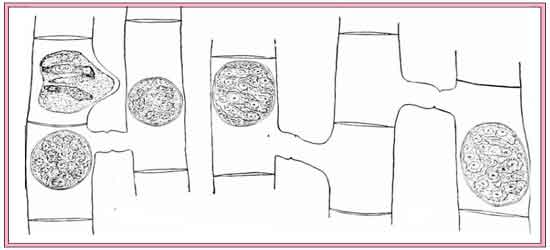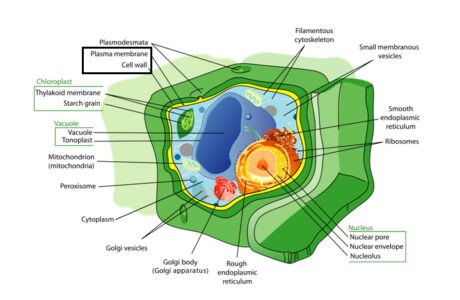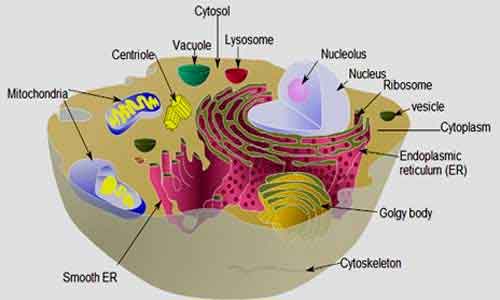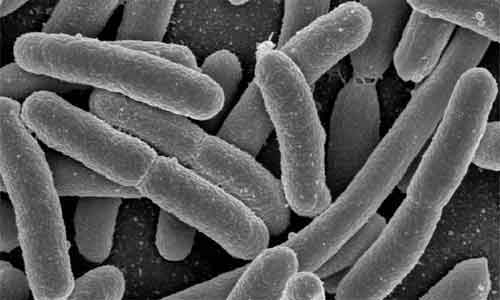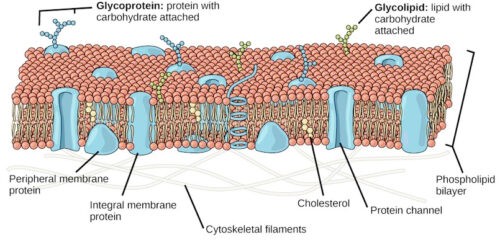Reproduction in algae
Algae are a diverse group of eukaryotic cellular or multi-cellular organisms. They inhabit both in aquatic and terrestrial environments. Some occur in moist stones, wood, soils, on ice, or snow. They have photosynthetic pigments that perform photosynthesis, produce oxygen, and remove at least half of the total carbon dioxide from the earth`s atmosphere. Algae perform … Read more

